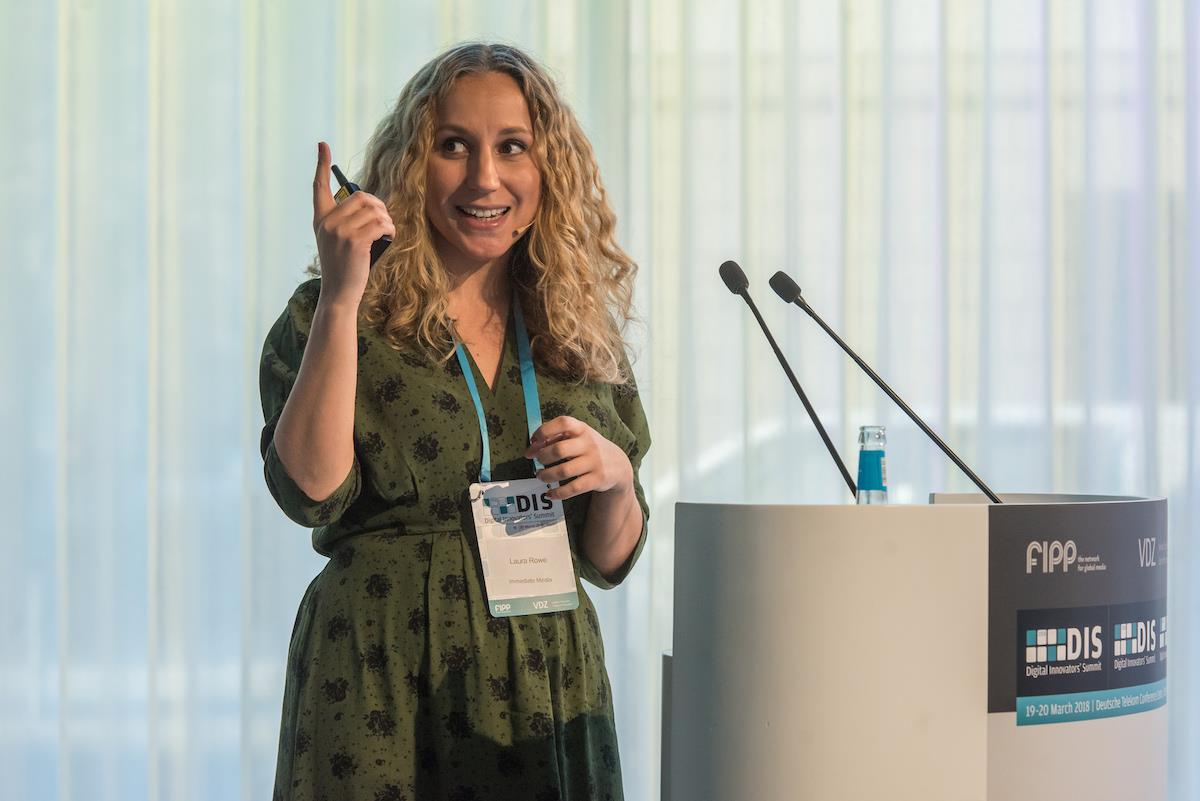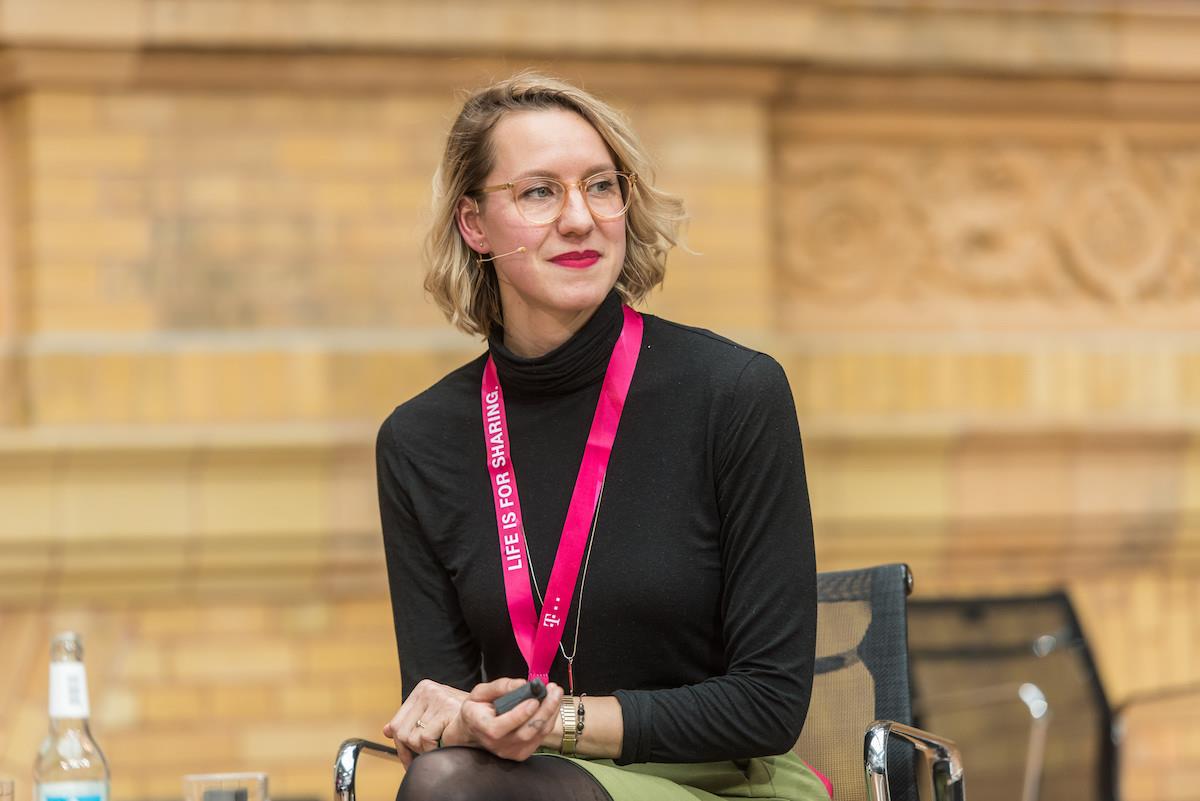How women’s magazines innovate

Libelle
Innovation saved the oldest women’s media brand in The Netherlands, explained Hildar Mulder, editor-in-chief of Libelle.
Libelle, which was first published in 1934 with a price of eight cents by subscription or 10 cents on the newsstand, saw over eight decades of print success.
Despite its storied legacy and many successes over the decades, Libelle faced challenges in the 2010s. Libelle had a low social and online reach compared to other women’s interest brands. Online competition was huge and while more people spent time online, Libelle was trying to figure out an online business model. By October 2015, the brand’s target group was growing older, newsstand sales were declining, and subscribers were cancelling.
“Libelle’s image became stale. It was a magazine for grandmas,” Mulder said. “This was frustrating – knowing how to reach Dutch women for 80 years but not knowing how to connect with them online.”

So, that became the Libelle team’s mission, to become the biggest women’s media brand not only in print but online as well. “We had to change and innovate. We started to focus on what did do well, and we changed what didn’t work,” Mulder said. “There was a lot of resistance with the old team, so we hired a new online team. We analysed what our audience wanted to read online and gave them more.”
The drive to become the biggest, most popular destination for Dutch women started with a new social media and content plan. “This would only succeed with Libelle’s social ecosystem,” Mulder explained. “We published original content uniquely tailored for each platform. The instant effect was visible. It started in October 2015, and the social changes and change of team and change of content plan is visible in the spikes. We wanted more.”
Mulder explained Libelle had to become an open, interactive platform with an agile way of working. She said they learned a lot, made mistakes and had a steep learning curve. But, in the end, it’s been a success. Libelle has become the biggest and most personal video platform for Dutch women, 40+ who want to make a good life better, Mulder explained.
“What works for us? Lifehacks, Queen Maxima, vlogs, challenges and authenticity overrules quality. We learned that making TV on video, and content on Dutch celebrities didn’t work for us.”
It has been a huge success for Libelle – which now extends across print (weekly magazine, monthly special issues, calendars, planners, bookazines, comic books and more), events (Libelle Zomerweek, an annual fair for 84,000 visitors, Libelle Nieuwscafe, Libelle pop-up restaurant), e-commerce (including it’s own fashion line, music club and shop), and digital (website, tv, apps, social, shop and newsletters).
“We need to be entrepreneurs, to compensate for the decline of print and sales revenue, by adopting new initiatives,” Mulder said.
Download Hilmar’s DIS presentation slides.
ALT.dk
Another example of innovation comes from Denmark, where a group of women’s magazines transformed into that country’s favourite online destination for women.
Three years ago, Denmark’s Egmont Publishing had eight different women’s magazines that each had their own website, their own web editor, and their own team of journalists, explained Sara Wilkins, digital editor of ALT.dk at Egmont Publishing. “They were even producing content that was competing with each other because the articles either had the same headline or dealt with the same subject and was just read by a relatively small audience online,” she said.
“Our slogan at Egmont Publishing is ‘we bring stories to life,’ but back then it didn’t really seem like our content had a particularly long digital life, which is why we decided to merge all of our websites together to form one big new site ALT.DK.”

There were three reasons Wilkins outlined, for merging: 1) higher SEO value, 2) broader audiences, and 3) financial reasons.
“We knew that merging our sites would enable us to reach many more Danish women, partly because of SEO value, but also because we would more easily be able to cross post our ALT.dk content on our eight different Facebook pages for each of the magazines,” she said. “It also made sense from a financial point of view to focus all our editorial and technical resources on one big strong site instead of many smaller weaker ones.”
To capitalise on this transformation, Egmont organised its content into five strong sub-niches: lifestyle, food, fashion, health and kids. Each niche had its own niche editor who also uploaded relevant content from each of the brands as well as producing original ALT.dk content.
But, ALT.dk experienced challenges of a different sort: organisational culture-related issues. The new niche editors were not interested in the new site and lacked a shared goal, purpose and team spirit, she added. “In the beginning there was quite a lot of resistance from our print editors. They worried that ALT.DK would harm their brand identities, steal their readers, scare advertisers away, and generally worried that their magazine would have much less of a web presence that it had before when they had their own magazine website,” Wilkins said.
To solve the challenges, Wilkins decided the team needed a ‘why.’ “Having a clear why from the outset made this whole transition much easier, because the digital team again understood that SEO was crucial in order to live up to our common new goal and that competing internally would basically get us nowhere,” she said. “Knowing why we were put into the world proved absolutely crucial for the teamwork that has since blossomed at ALT.dk. It meant that people suddenly felt like they were part of a team.”
The results of ALT.dk’s innovations have been great: since its creation in January 2017, Wilkins outlined that the site has seen continued rise in traffic and users. ALT.dk saw 100 percent growth in pageviews, more than 60 percent growth in user numbers. “That has made us Denmark’s favorite online destination for women.”
Olive
Olive’s journey proved niche print brands can evolve, innovate and expand without compromising on brand values.
British food magazine Olive editor Laura Rowe illustrated the 15-year-old magazine’s successful transformation from passionate print food title to a multi-platform brand. “We started out in 2003 as a passionate print food title with the tagline cook eat explore, covering delicious recipes from quick and easy dinners to challenging cakes for special occasions. We have chef recipes and interviews, restaurant recommendations and foodies specific travel itineraries,” she said.
Rowe, who has been editor of Olive at London-based Immediate Media for the past two and a half years, explained that the turn around started with buy-in from the entire staff. “Cost efficiencies and streamlining are crucial to financial success, but this can only work when you breed the right culture,” Rowe explained.
The publication reacted to reflect the change and have since become a multi-platform brand, which, in the last year, made record profits.

“Despite these challenges we’re not just surviving we’re thriving, and that, in the most part is because of four key areas: a connected focus, a 360 mindset, a hard-working digital strategy, and we repositioned print as an experience and have inspired brand extensions,” she said.
Olive magazine can be found in print, nationally in the UK and internationally. They have a web presence at olivemagazine.com; they’re available on Apple News, social media, on their app and podcast. In short, everywhere their audiences are. “We start with one great idea and then look at all of the different ways that we can feed this to our audience and that they can interact with it. We sync 360,” Rowe said.
“Each platform can enrich each other,” Rowe said. “A step-by-step video enriches our static online recipe, a podcast can bring to life an interview on the printed page. We stay connected to our users for longer by making digital work harder.”
The results have been splendid for Olive – Rowe said their UK pageviews increased by 190 per cent in the last several months alone.
“Olive also utilises visual search, and this has become a new driver of traffic and results. One of Olive’s strengths is its beautiful food photography. “We ensure that we appeared on Google’s image-rich results and in mobile-friendly Google images,” Rowe said. “We’re now up three hundred and sixty five percent year-on-year on mobile ranking for Google.”
The team implemented an evergreen content strategy, utilising their huge database of recipes, recommendations, travel guides, videos and more. They built and engaged with their community. They experimented with affiliate links, so users can shop for ingredients on olivemagazine.com.
Olive has also repositioned print as an experience and made partnerships that bring added value to the brand. At Christmas, Olive partnered with Green&Black’s, that their audience could cook the cover. Around Easter and Mother’s Day last year, Olive gave away a family-style cookbook so their readers could cook together at home.
“Print is still very much an important part of our business,” Rowe said. “We saw uplift on every issue. This is added value that can’t be replicated digitally. We’re creating a sensory experience.”
Download Laura Rowe’s DIS presentation slides.
Condé Nast International
Instagram is its own platform that requires a different mindset, according to Hannah Ray, head of visual storytelling and social strategy, Condé Nast International. When Ray arrived at CNI from Instagram, she said some of the titles “were just really almost broadcasting on Instagram and not treating it as a community platform that I knew it to be”.
Even a year ago, it was a different story. “Trying to convince people that we need to think about Instagram in a different way,” Ray said. “We needed to come up with new series ideas, new approaches, things that we’ve never done before.
Magazine media brands need to innovate on Instagram. It’s what Vogue has been doing. Vogue, on Instagram, hosts videos that are raw, shot in vertical, and often on mobile. Ray said they want Vogue on Instagram to feel playful, to feel native to Instagram.

Magazines need to have different editorial approaches, different thinking, different ways of creating content specifically for their communities on Instagram, Ray said. “Instagram has always been to me about community. It’s a long game. Putting in the due diligence and the community work will give you a much longer tail.”
Revamping Vogue’s approach to Instagram was about “saying okay, how can we do this differently here in a way that’s going to engage with younger audiences that we can bring into the brand as a whole?” Ray posited. “It’s about just noticing how your community are engaging with you already and seeing if you as a publisher, as a brand, can talk to them a little bit more on an individual level.”
Working with almost a dozen Vogue titles around the world, Ray explained that their Instagram approach does not broadcast information or reproduce content from the web. “When we produce Instagram stories, we tend to tease the story with a video posted in feed,” she said. “This increases engagement for us and the stories and the feed post work together in that way.”
One of the more surprising revelations Ray discovered was that she and her team could create global stories that she could share with all the Vogues, and all of their country-specific audiences would engage with. “I thought I would always work with the individual editors to create local stories for them,” Ray said. “But, there were certain stories that all of the Vogue audiences globally wanted to see.”
More like this
Innovation launch: Here’s where and how magazines and other media innovate
Get ready for the Amazonification of media
Six insights from VGTV on online video for a highly visual society
How Cheddar Inc. innovates to create a new type of media for a new generation







